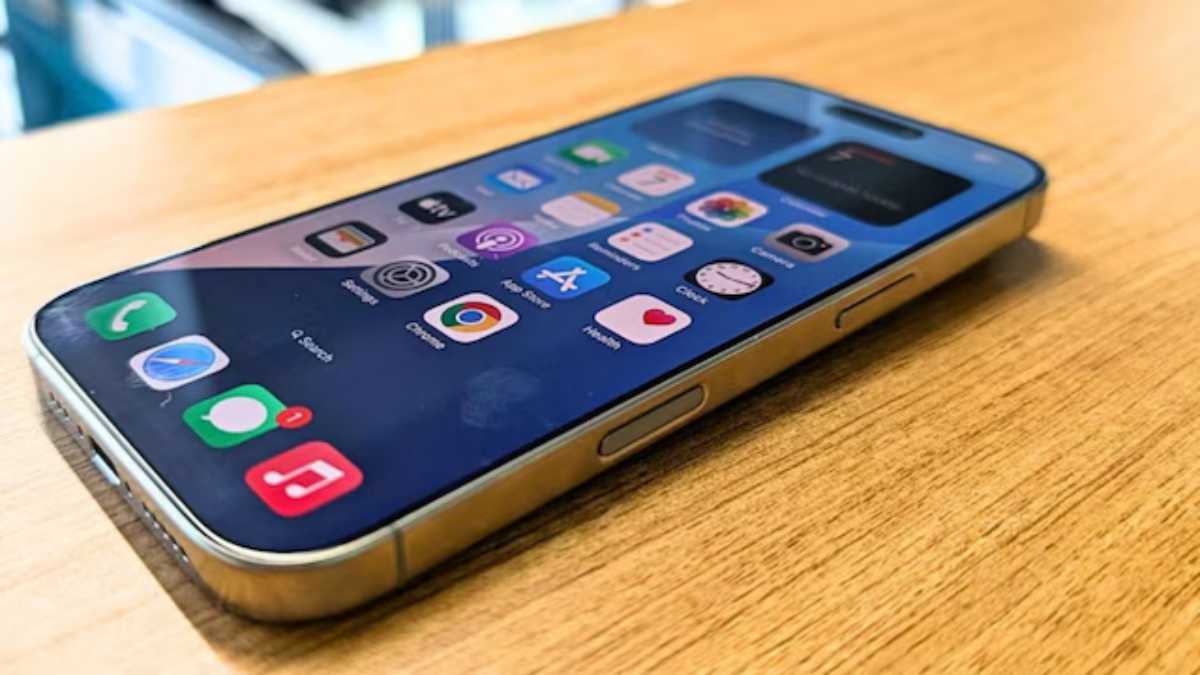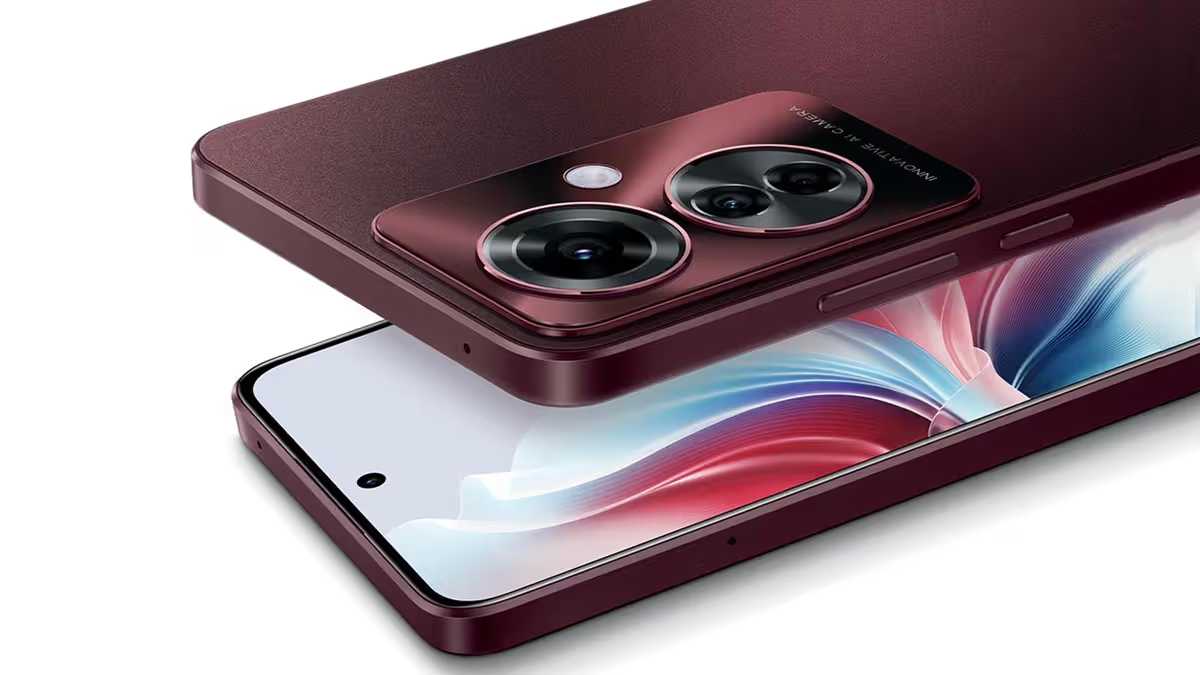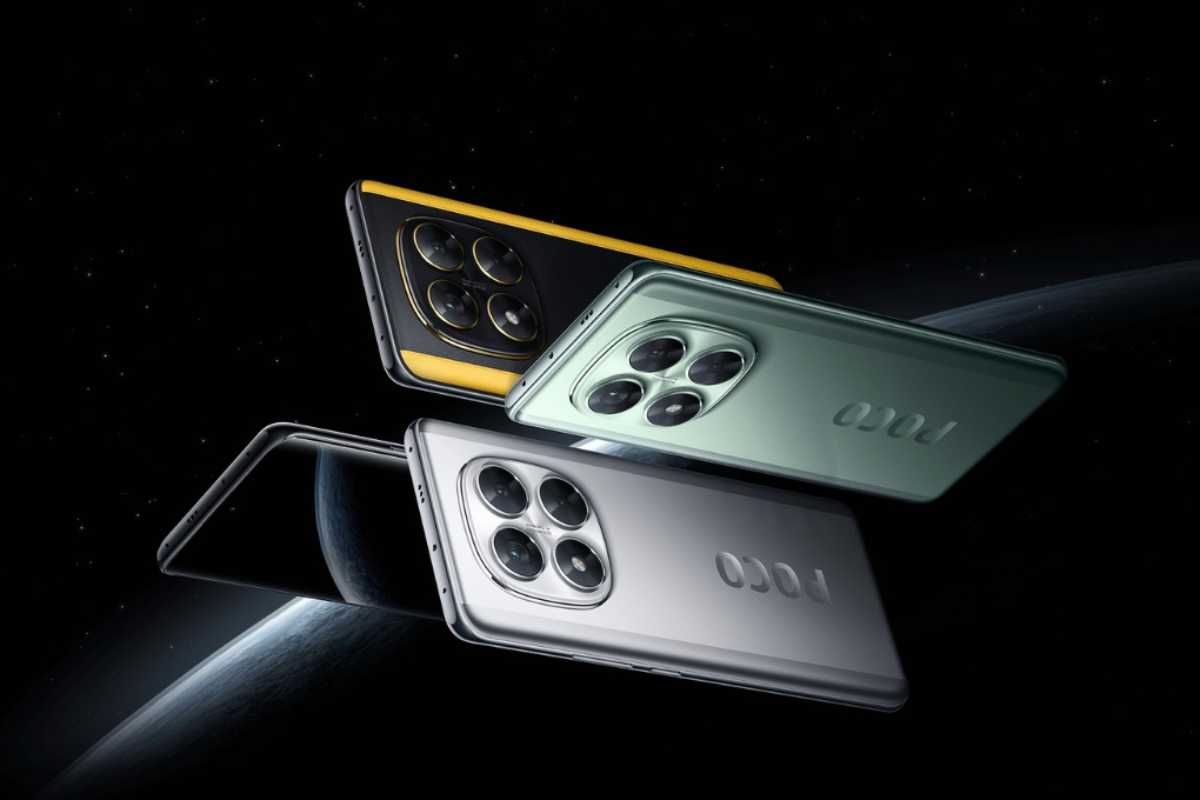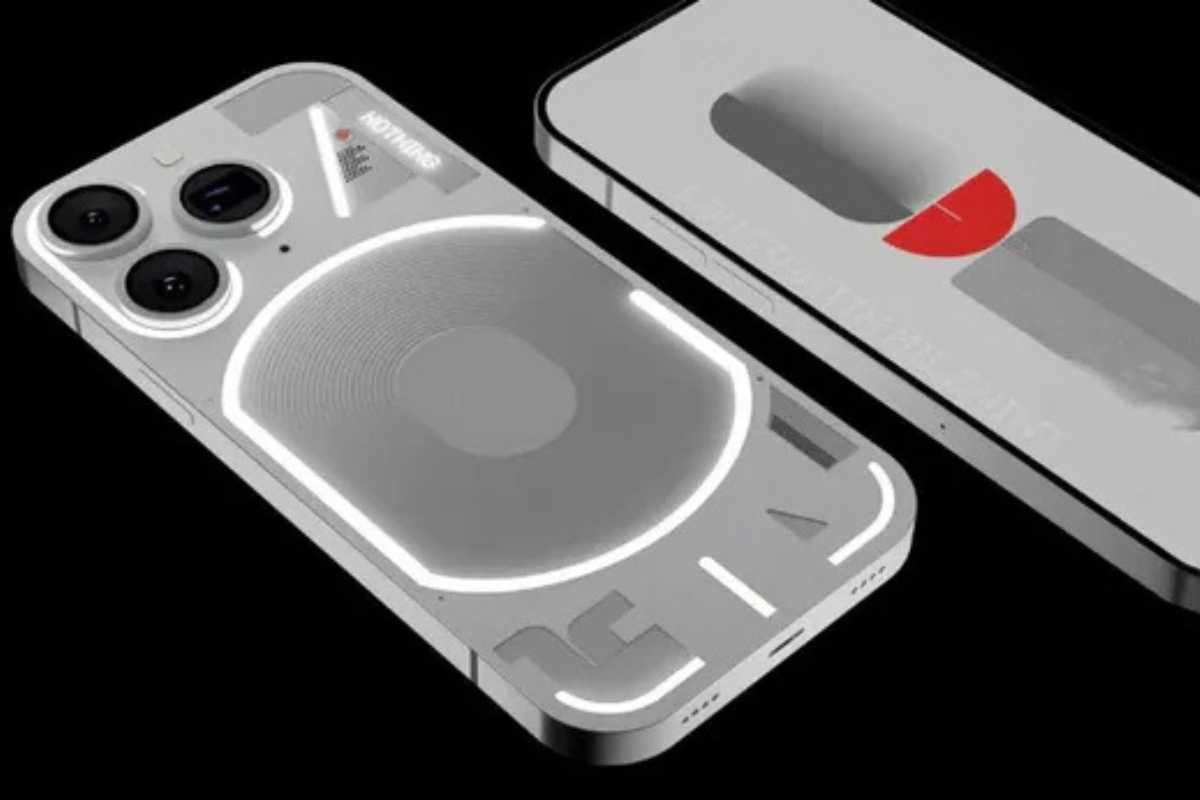The anticipation for Apple’s upcoming iPhone 17 Pro is building, and rumors are already swirling about the innovative features Apple plans to introduce. Among the most exciting speculations is the introduction of a liquid cooling system, a feature typically found in high-end gaming PCs and flagship Android devices. But why is Apple considering this upgrade, and what could it mean for the future of iPhone performance?
iPhone 17 Pro: What’s New in This Year’s Model?
Apple has consistently reserved its most premium innovations for its Pro and Pro Max models. With the iPhone 17 lineup, it appears that trend will continue, with the Pro models expected to receive a cutting-edge cooling system.
So, why is this necessary? Reports suggest that Apple’s upcoming A19 Pro chip will deliver unprecedented processing power, but with greater power comes the risk of excessive heat. This has fueled speculation that Apple will implement liquid cooling technology to manage heat dissipation effectively.

What Is a Liquid Cooling System and How Does It Work?
The concept of liquid cooling might sound complex, but in essence, it’s a highly effective way of controlling overheating in electronic devices. Here’s how it works:
- Coolant Circulation: A liquid coolant absorbs heat generated by the processor.
- Heat Transfer: The heated liquid moves through a heat exchanger or vapor chamber, dissipating excess heat.
- Cooling Process: Once the heat is expelled, the liquid cools down and recirculates, maintaining optimal temperature levels.
Most flagship Android devices already use vapour chamber cooling systems, and Apple’s rumored implementation suggests a major shift in iPhone design philosophy.
Why Does the iPhone 17 Pro Need a Liquid Cooling System?
The decision to introduce a liquid cooling system may be driven by several factors:
- Increased processing power: The A19 Pro chip is expected to outperform its predecessors, but higher speeds typically lead to higher heat generation.
- Gaming & Performance Demands: With mobile gaming and AI-based apps requiring more power, efficient thermal management is crucial.
- Battery Efficiency: Overheating can reduce battery life and overall performance stability.
Apple has always relied on graphite thermal pads and passive cooling techniques, but the shift to liquid cooling could mark a new era in iPhone thermal regulation.
How Will Apple Implement Liquid Cooling in the iPhone 17 Pro?
While gaming laptops and PCs use intricate water blocks and radiators, Apple’s approach will likely be more compact.
Possible Approaches Apple Might Take:
- Vapor Chamber Cooling: Similar to what’s used in Samsung’s Galaxy S24 Ultra and gaming smartphones.
- Thin Liquid Cooling Pipes: Small pipes that carry liquid coolant away from the processor.
- Hybrid Cooling System: A combination of traditional heat dissipation methods with liquid cooling enhancements.
The final design remains uncertain, but Apple is expected to integrate this technology seamlessly within the iPhone’s sleek form factor.
Will the Liquid Cooling System Increase iPhone Prices?
With any new technological advancement comes the question of cost. Industry insiders suggest that if Apple adopts this high-end cooling system, we could see:
- Higher price tags for Pro models due to increased manufacturing costs.
- Differentiation between standard and Pro models, making the Pro series even more premium.
Given that Apple has already raised the base price of the iPhone 16E, it wouldn’t be surprising to see a slight price hike for the iPhone 17 Pro and Pro Max.
FAQs About the iPhone 17 Pro’s Liquid Cooling System
1. What is the advantage of liquid cooling in smartphones?
Liquid cooling helps manage excessive heat, ensuring consistent performance without thermal throttling.
2. Will the liquid cooling system make the iPhone 17 Pro bulkier?
Apple is known for its sleek design philosophy, so any liquid cooling system would likely be compact and internally optimized.
3. Is Apple the first to introduce liquid cooling in smartphones?
No, brands like Samsung, ASUS, and Xiaomi have implemented vapour chamber cooling in their high-end devices. However, Apple’s approach might differ in terms of efficiency and integration.
4. How does liquid cooling affect battery life?
By keeping temperatures lower, liquid cooling can improve battery longevity and performance consistency over time.
5. Will this technology be available in non-Pro iPhone 17 models?
As of now, the liquid cooling system is expected to be exclusive to the iPhone 17 Pro and Pro Max models.
6. When will the iPhone 17 Pro be released?
Apple typically unveils new iPhones in September, so the iPhone 17 lineup is expected around Fall 2025.
Conclusion
Apple’s rumored decision to introduce a liquid cooling system in the iPhone 17 Pro signals a major leap in smartphone performance and thermal management. If implemented successfully, this innovation could redefine how iPhones handle high-performance tasks, ensuring smoother gaming, better efficiency, and longer battery life.
With the tech world eagerly awaiting the official iPhone 17 announcement, one thing is certain—Apple is once again pushing the boundaries of smartphone technology. Will this be the game-changer Apple fans have been waiting for? Only time will tell.
Stay tuned for more updates on Apple’s next-gen innovations!






